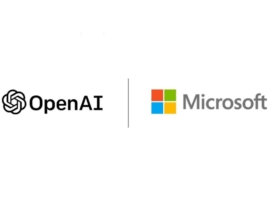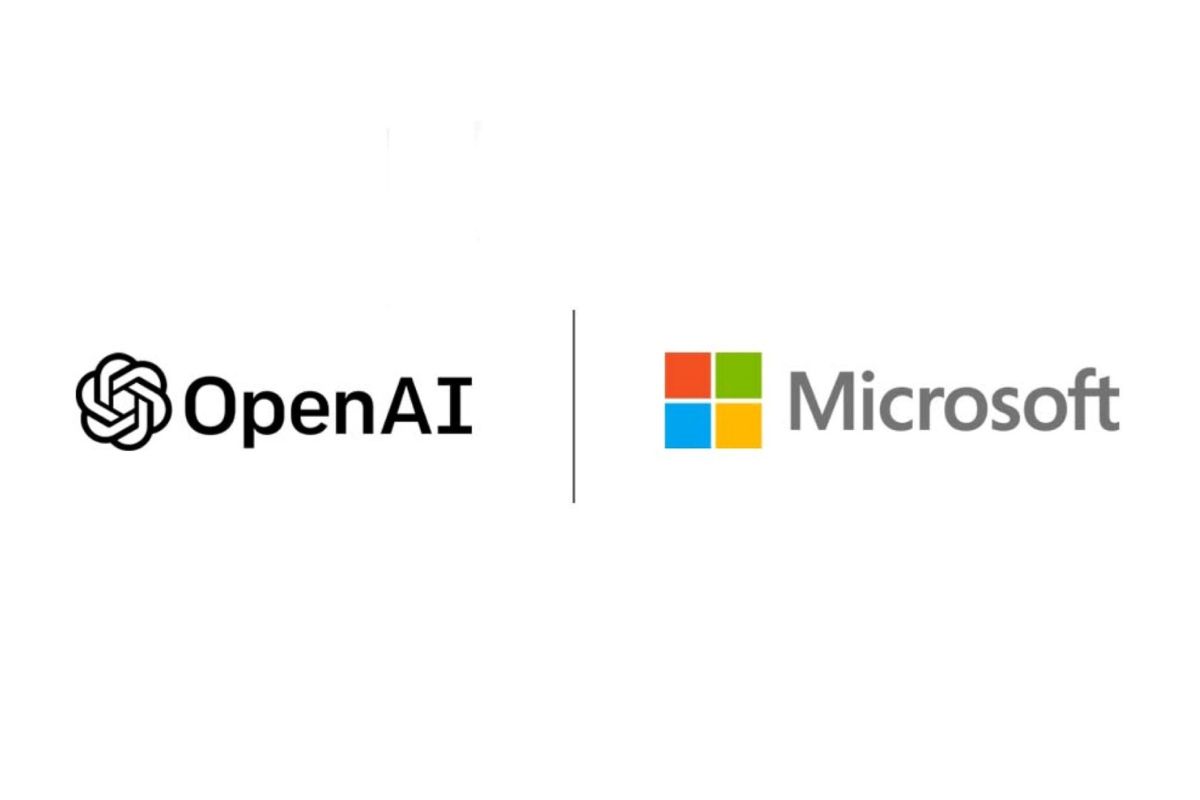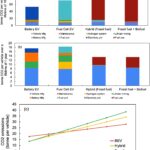
After months of speculation over artificial general intelligence (AGI) tensions, Microsoft and OpenAI have finally redrawn the lines of their partnership.
In a joint announcement posted on both companies’ sites, the two unveiled a new definitive agreement that updates ownership terms, extends IP rights, and formalizes how they’ll move toward AGI together.
A partnership paused
Back in July, reports exposed a hidden clause in OpenAI’s contract with Microsoft — one that could have destroyed one of tech’s most powerful alliances.
The so-called AGI clause gave OpenAI’s board the sole authority to declare the arrival of the technology. Microsoft could continue using existing models but, once AGI was declared, or the technology reached a set profitability threshold, it risked losing access to any future versions developed beyond that point.
It didn’t stop there. The contract also barred Microsoft from developing AGI on its own using OpenAI’s research, leaving Redmond dependent on its partner’s pace and definitions. At the time, Microsoft CEO Satya Nadella tried to play down the stakes.
Neither company has said much publicly, fueling weeks of speculation that the partnership was fraying. As the silence dragged on, the industry’s most-watched collaboration seemed to stall, a pause that set the stage for this week’s announcement.
New terms, new chapter
The new agreement, described as “the next chapter” of their partnership, marks a reset built on transparency and shared control. OpenAI will become a Public Benefit Corporation, with Microsoft backing the move and holding a 27% stake worth roughly $135 billion.
Crucially, the power to declare AGI will no longer sit solely with OpenAI’s board. That call will now go through an independent panel of experts, ending months of uncertainty over who gets to decide when AGI has arrived.
Together but untethered
The partnership’s boundaries were redrawn without breaking them. Microsoft’s IP rights now run through 2032, covering even post-AGI models under safety guardrails that balance access with accountability.
OpenAI gains new flexibility. It can now co-develop products with third parties, release open-weight models that meet capability standards, and expand its infrastructure beyond Azure.
Microsoft, meanwhile, keeps its deep cloud ties through a $250 billion Azure contract, even as it loses its right of first refusal. It’s a careful adjustment, not a split, but a partnership restructured to ensure freedom on both sides.
What else has changed?
Aside from the main updates, the deal also fine-tunes how each company can use and develop advanced AI systems.
- Microsoft can now pursue AGI independently, either alone or with partners, a major shift from the earlier ban on doing so without OpenAI.
- Research IP rights stay in place until either the expert panel verifies AGI or through 2030, covering internal methods and model development.
- If Microsoft builds AGI using OpenAI’s technology before it’s officially declared, it must stay within compute limits set well above today’s training systems.
- Revenue sharing continues until AGI is verified, but payments will now stretch over a longer period.
- Consumer hardware is excluded from Microsoft’s IP rights, keeping OpenAI’s device ambitions separate.
- OpenAI can now offer API access to US national security customers on any cloud platform, not just Azure.
Each clause reinforces the partnership’s guardrails while giving both sides room to evolve, a pragmatic balance of protection and progress.
Recalibrating power and purpose
In the months leading up to the renewed agreement, both companies had already started charting their own paths. OpenAI expanded its cloud footprint by partnering with Oracle, a sign that Azure would no longer be its only home.
Microsoft, on the other hand, began expanding its own ecosystem. It integrated Anthropic’s Claude models into Microsoft Office 365 and added Elon Musk’s Grok models to Azure AI Foundry, clear indications that the company was opening its doors to rivals.
Those moves hinted at a partnership changing in practice long before it was rewritten on paper. The new deal simply formalizes that reality: two companies still aligned in vision, but no longer bound by exclusivity.
As models grow more capable, OpenAI says the real challenge may soon be physical — building the infrastructure to sustain them.










